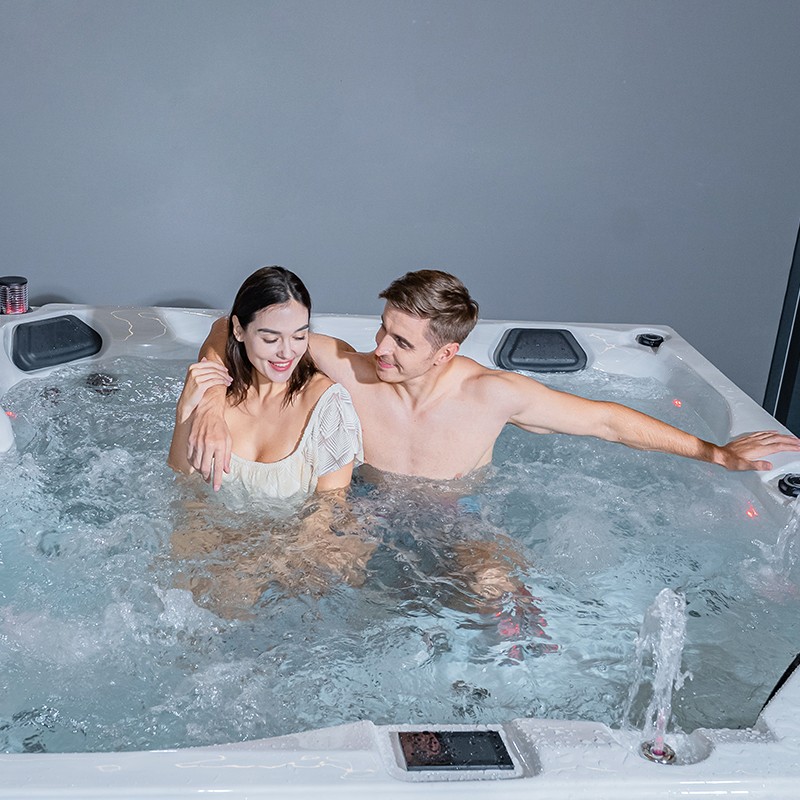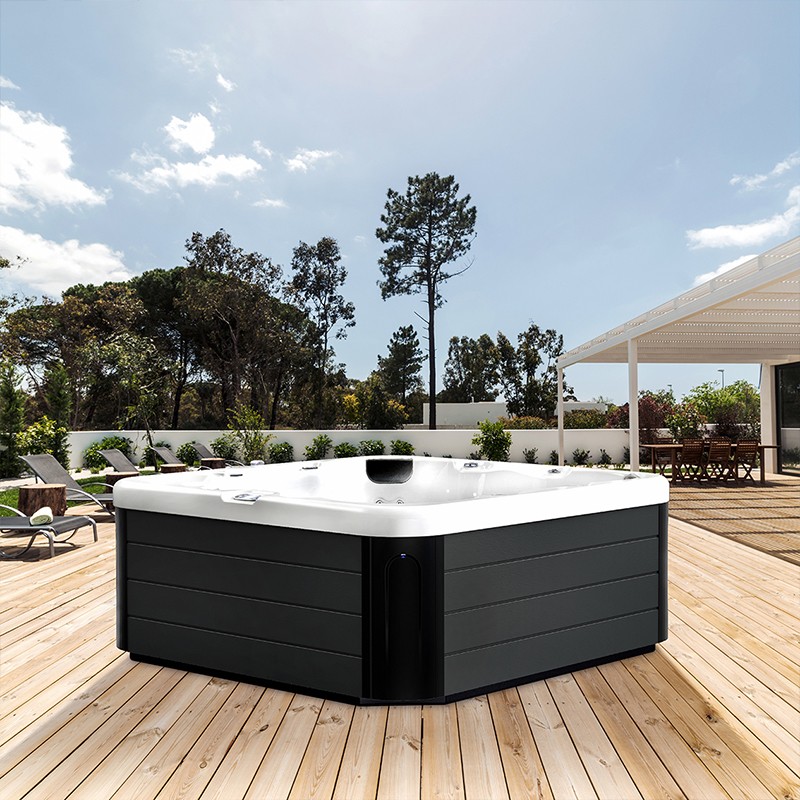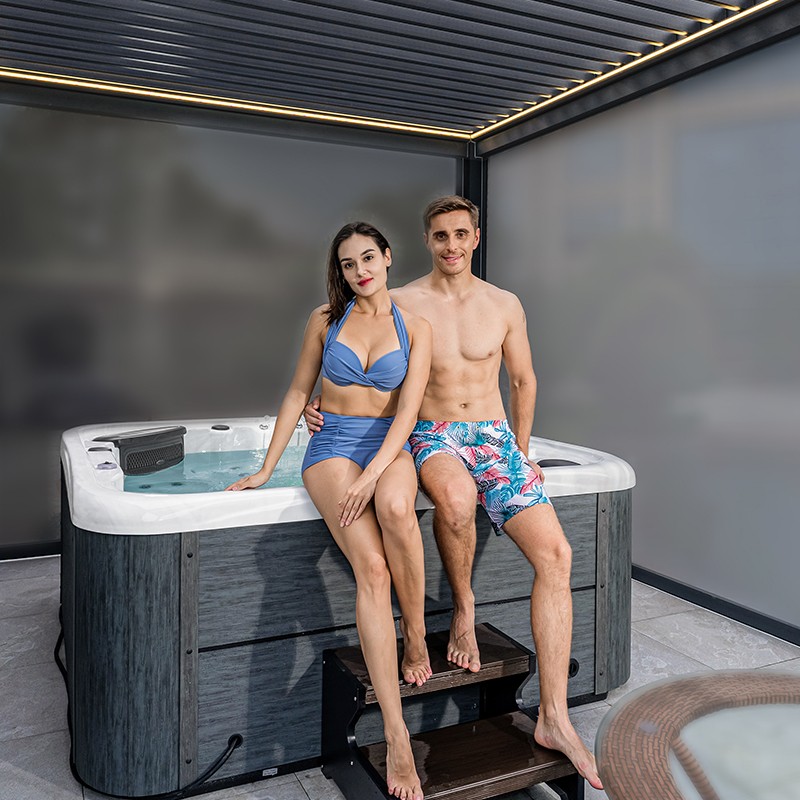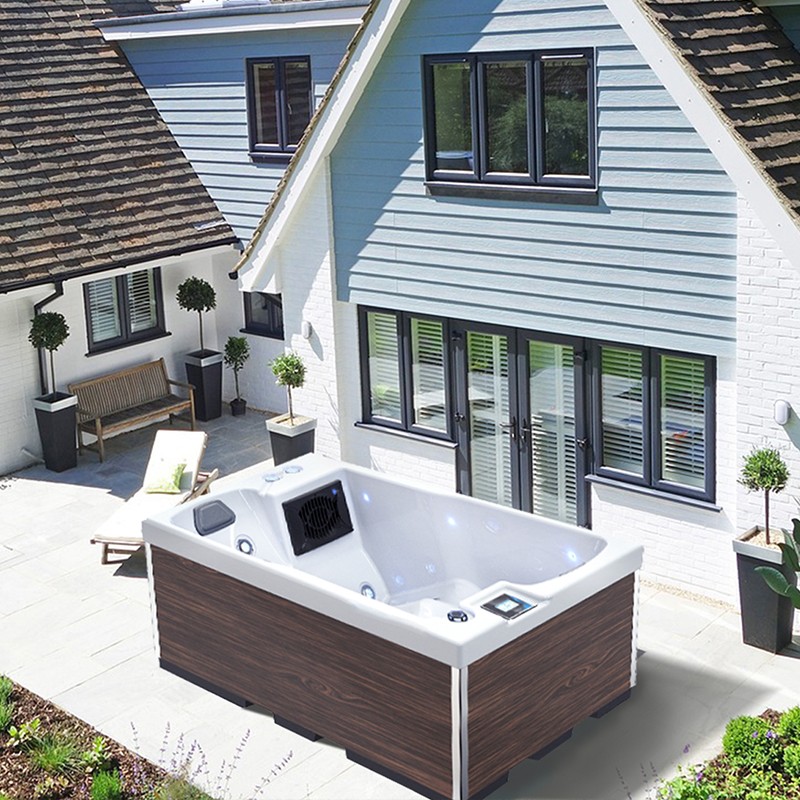
Can reducing whirlpool spa hot tub usage monthly save money?
2025-10-29 15:35A whirlpool spa hot tub is a high-end home appliance that combines warm water soaking with hydromassage. It's commonly found in home gardens, terraces, indoor spa rooms, or villa bathing areas. It not only relaxes muscles and relieves stress, but also represents a quality of life for many families. However, with rising energy costs and growing awareness of cost-saving, more and more users are wondering: Can reducing whirlpool spa hot tub usage monthly actually save money?
This article will delve into this question from the following perspectives: 1. The energy consumption components of a whirlpool spa hot tub; 2. The impact of usage frequency on operating costs; 3. Does reducing usage actually save money? 4. Potential hidden costs; and 5. How to scientifically optimize usage frequency to achieve energy savings. Finally, a professional and systematic conclusion will be provided.

What are the energy consumption components of a whirlpool spa hot tub?
To understand whether reducing usage can save money, it's important to first understand the components of a whirlpool spa hot tub's operating costs.
1. Heating Costs (Electricity or Natural Gas)
The primary energy consumption of a whirlpool spa hot tub comes from the heating system. To maintain a constant water temperature between 36°C and 40°C, the tub is equipped with a constant temperature heater. Depending on the energy source used (electric or gas), ongoing operating costs are incurred.
· Electric heating: Heat pumps or resistance heaters typically have a power output between 3kW and 6kW.
· Gas heating: While the per-time cost is low, installation, maintenance, and gas price fluctuations are factors.
If the tub is operated four hours per day, calculated as a 30-day month, the electricity cost is typically between $60 and $150.
2. Water Circulation System Energy Consumption
A whirlpool spa hot tub has a built-in water pump, filter, and massage jets, all of which require continuous power to operate:
· Main circulation pump: Circulates water at a constant temperature;
· Air bubble jets: Provide a massage experience;
· Filter system: Maintains water purity.
Although the per-time power consumption is low, the cumulative power consumption is significant.
3. Chemicals and Maintenance Costs
Maintaining clear and sanitary water requires regular addition of disinfectants (chlorine, bromine, oxidants, etc.) as well as pH and alkalinity regulators.
· Average monthly cost: $15-$30
· If water quality deteriorates and water needs to be replaced, the cost per water change (including water and heating) is approximately $10-$20.
4. Water Evaporation and Heat Loss
Especially in outdoor whirlpools and spas, water evaporation and heat loss at night or during sudden temperature drops can significantly increase operating costs:
· Without an insulation cover or layer, energy loss can increase costs by over 30%;
· Regular water replenishment can also increase overall energy consumption.

The Direct Impact of Whirlpool and Spa Frequency on Costs
After understanding the energy consumption structure, we can further analyze the relationship between frequency of use and operating costs. Is it true that "less use means lower costs"? The answer is not simple.
1. Heating Maintenance vs. Frequent Cooling and Reheating
· Constant Temperature Maintenance Mode: Most whirlpool spa hot tubs are set to operate at a constant temperature, maintaining the set temperature even when not in use.
· Intermittent Operation Mode: If users reduce usage and turn off the heating system, the system will need to be reheated before the next use, which will increase power consumption.
Conclusion: If usage is only slightly reduced while maintaining a constant temperature, the savings will be limited. If the heating is frequently turned on and off, energy consumption will fluctuate more, potentially increasing costs rather than saving.
2. Jet Heads, Massage Pumps, and Motor Load
The frequency of jet system usage is directly proportional to the motor's operating time. Reducing daily usage can indeed reduce this component's power consumption. However, this component typically accounts for a small proportion of total energy consumption (approximately 10%-20%).
3. Does the frequency of chemical maintenance decrease with reduced usage?
This is a commonly misunderstood point. Even if the user isn't using the whirlpool spa hot tub, the water remains closed and requires circulation, disinfection, and pH adjustment:
· Not in use does not mean not maintained;
· Failure to add disinfectant for an extended period can lead to deteriorating water quality, necessitating a water source change, which in turn increases water consumption and cleaning costs.

Does reducing whirlpool spa hot tub use really save money?
Combining the above energy consumption relationships reveals that whether reducing usage frequency saves money depends less on "using less" than on optimizing the operational strategy. The following scenarios are representative:
1. Inactive but still heating—virtually no savings
· The heating system continues to consume energy;
· The water still requires disinfection and filtration;
· Although showerheads and other equipment are not in use, this energy consumption is minimal.
· Savings: <10%, practically negligible.
2. Inactive and shutting down the heating system while maintaining water quality—limited savings
· Reducing heat maintenance costs (approximately 70% of total costs);
· The maintenance system remains in operation.
· Savings: 30%-40%
3. Deactivate and completely drain and power off the system—significant savings, but with depreciation costs
· Save all direct operating costs;
However, frequent system shutdowns and restarts may result in:
· Cracks due to drying out of pipes;
· Moisture damage to the motor and electric heating equipment due to prolonged inactivity;
· Increased draining and reinstallation time and costs.
· Savings: Up to 60%-80%, but with equipment maintenance risks.
The hidden costs of a whirlpool spa hot tub shouldn't be ignored
Some costs may not be immediately apparent when "saving usage," but may be "paid back" in higher costs later.
1. System aging and scaling risks
· Standardized water or prolonged stagnant water can easily lead to scaling, clogging nozzles and pipes;
· Professional descaling is required upon reactivation, costing more than regular maintenance.
2. Decreased user experience
· The core value of a whirlpool spa hot tub is relaxation and wellness. Completely shutting down a whirlpool spa hot tub to save on electricity costs is equivalent to an "idle investment," reducing its cost-effectiveness.
· The waiting time before occasional use increases, reducing immediate convenience.
3. Impact on component lifespan
· Electric heating elements, motors, and other equipment operate best under regular loads.
· Intermittent operation and frequent hot and cold cycles can cause metal fatigue due to thermal expansion and contraction, shortening its lifespan.

How can you scientifically control the frequency of whirlpool spa hot tub use to save costs?
Rather than simply "reducing use," it's better to adopt scientific management strategies to reduce the operating costs of your whirlpool spa hot tub:
1. Proper temperature setting
· Set the temperature to a lower level (e.g., 30°C) when not in use.
· Preheat to 40°C before use to save heating energy.
2. Install a high-efficiency insulation cover
· A high-quality insulation cover can reduce heat loss by over 70%.
· It also reduces evaporation loss, saving water.
3. Use timers to control operating hours
· Set the filter pump and heating pump to run on a daily schedule.
· Avoid unnecessary 24/7 constant temperature operation.
4. Strategies for Reducing Chemical Usage
• Use disinfectant tablets containing slow-release active ingredients;
• Use an ozone generator or UV system to reduce chemical usage.
5. Avoid the "stop-and-restart" strategy
• Frequent draining and dry-stopping followed by reuse are not recommended;
• Switch to "low-power, keep-warm" mode when not in use for extended periods.
Whirlpool spa hot tub savings depend on "how you reduce usage."
Simply reducing the frequency of whirlpool spa hot tub use doesn't necessarily result in significant savings. True savings come from properly controlling and optimizing usage patterns, heating strategies, and maintenance procedures.
If users simply reduce usage without adjusting system settings, such as maintaining a constant temperature and not disconnecting the power supply or water circulation system, the savings will be minimal. Conversely, by rationally lowering the heating temperature, shortening the operating time, and improving the system's heat retention capacity, it is indeed possible to achieve reasonable monthly savings while ensuring optimal operation.
How long has LOVIA SPA been in the spa industry?
Founded in 1989, LOVIA SPA has over 30 years of experience as a professional manufacturer, supplier, and exporter of outdoor spas, swim spas, and hot tubs. Entering the international market in 2004, we have built a reputation for high-quality products, factory quotes, competitive pricing, and reliable service.
Buyers can enjoy promotions, wholesale discounts, and customized spa solutions directly from the manufacturer. LOVIA SPA’s products are CE, ETL, SAA, ROHS, REACH, and ISO9001 certified, making us a trusted supplier for clients worldwide.
